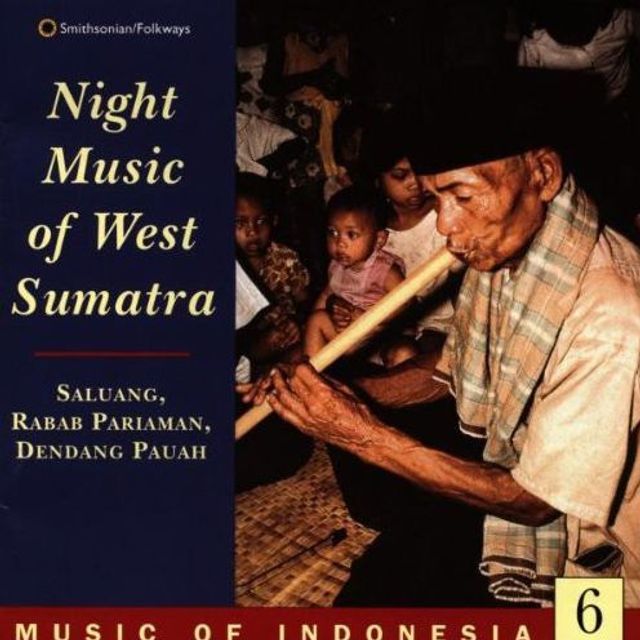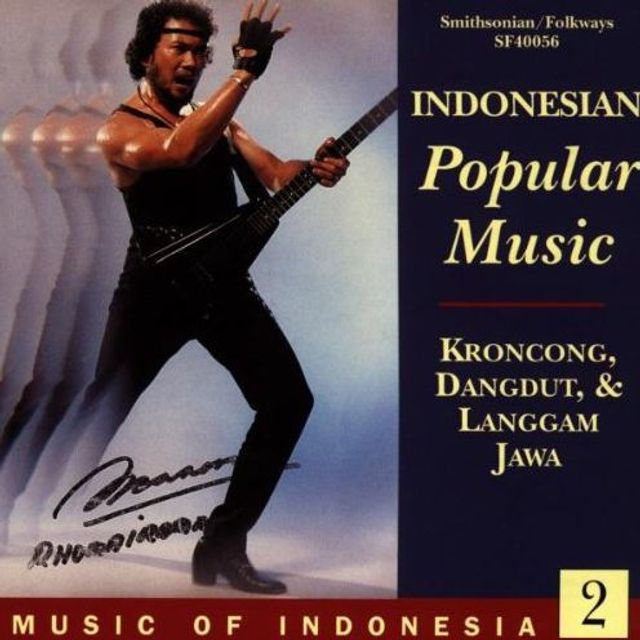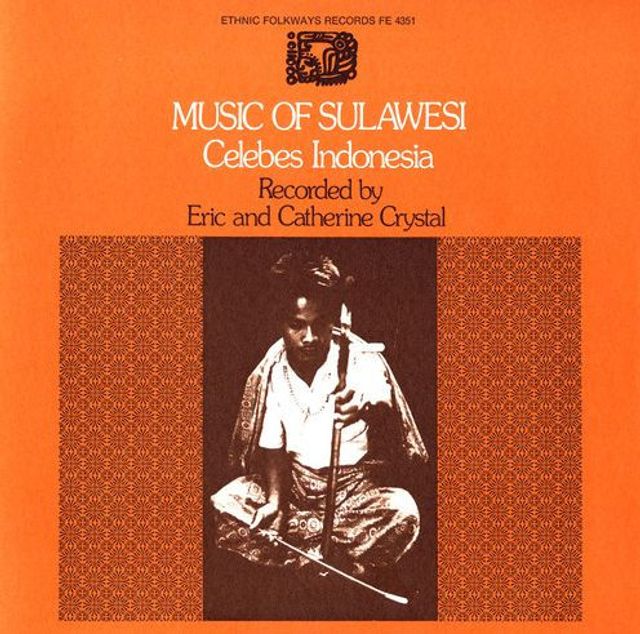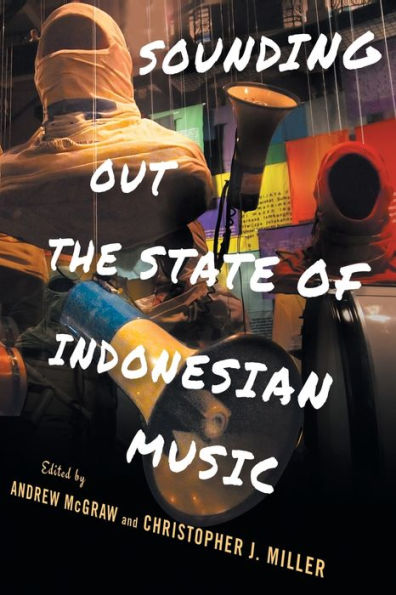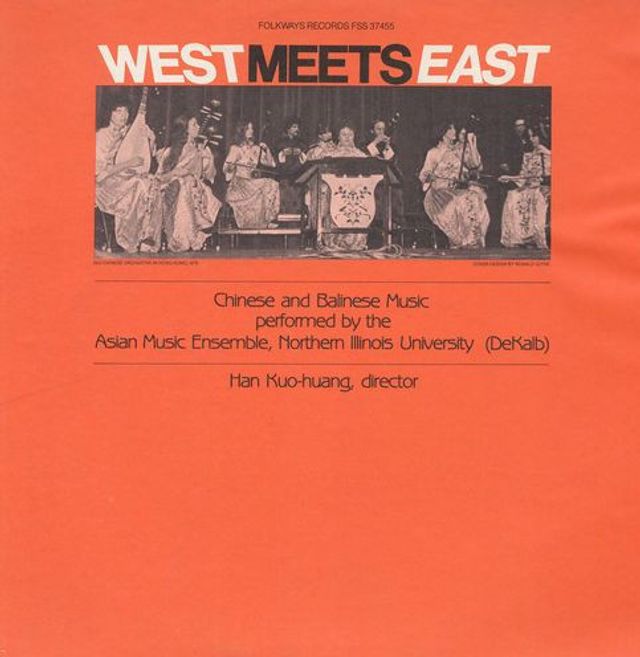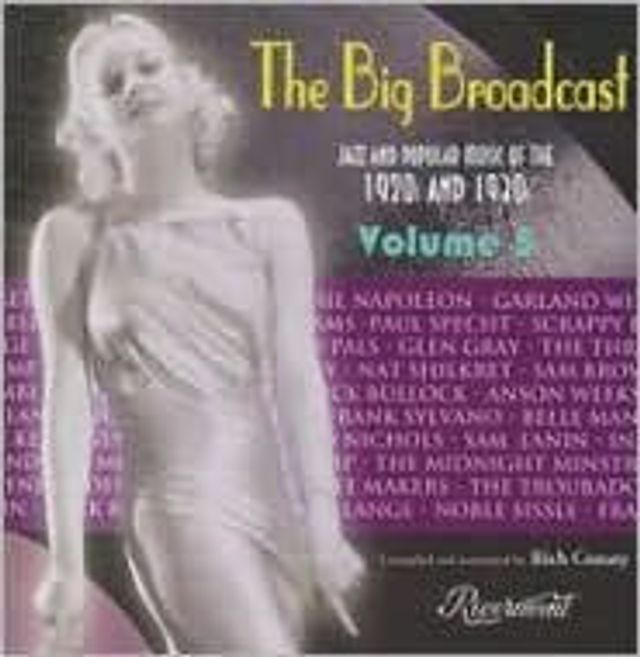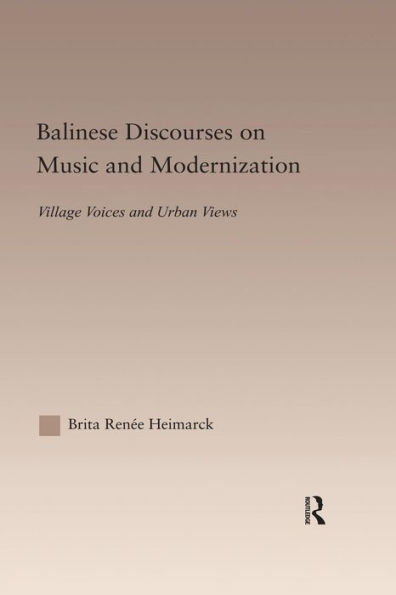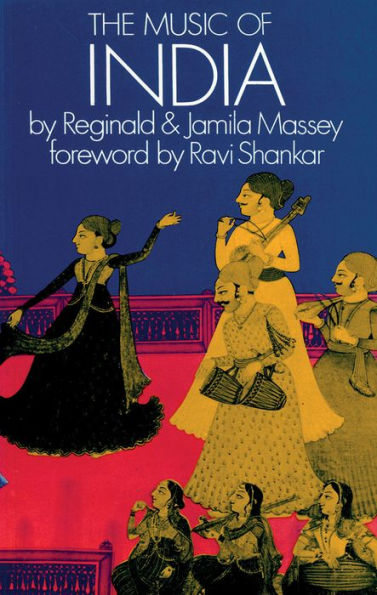Home
Music of Indonesia, Vol. 5: Betawi and Sundanese Music of Java
Barnes and Noble
Music of Indonesia, Vol. 5: Betawi and Sundanese Music of Java
Current price: $17.99
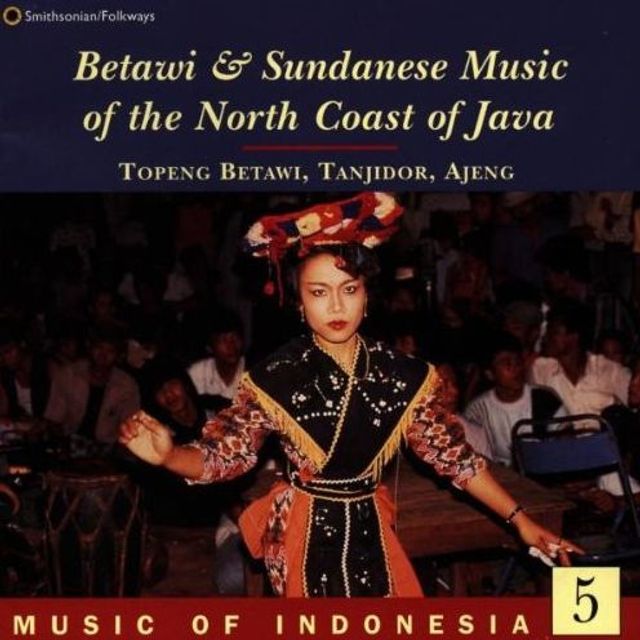

Barnes and Noble
Music of Indonesia, Vol. 5: Betawi and Sundanese Music of Java
Current price: $17.99
Size: OS
Loading Inventory...
*Product information may vary - to confirm product availability, pricing, shipping and return information please contact Barnes and Noble
Java's north coast is a cultural jumble even by Indonesian standards. In the 20th century waves of Europeans, Javanese and Sundanese overtook a highly multi-ethnic group that had earlier merged into so-called Batavians. Three pieces from a village theater form called Topeng Betawi begin this volume. The ensemble features many of the same gongs and tuned bronze xylophones used in Javanese gamelan, as well as the rebab (local violin) and female singer that cover many of the melodies in both styles. Topeng Betawi music ranges between quietly menacing passages and frenzied, metallic clangor.
Four remarkable Tanjidor pieces use the instruments of Dutch military bands, horns, fiddles, clarinet, and their Javanese variants. This is Betawi music style mostly free from the Sundanese element. One piece delivers an odd take on an oom-pah-pah waltz. Another mixes cooing and bleating horns with gongs and complaining clarinet, the voice of a "cat with white gunk in its eyes." Yet another settles into a vaguely jazzy swing, with graceful, melodic vocals and a weave of horns, reeds and bowed strings playing essentially Western harmonies.
The volume concludes with lengthy samples from Ajeng, idiosyncratic Betawi village gamelan. The music is close to the energized Balinese gamelan sound with its dense, metallic textures, and frequent rhythmic and dynamic shifts. Here, the double-reed tarompet, rather than the rebab, takes the melodies. The Balinese flavor is a bit of a mystery, but it is unmistakable, especially in the long concluding piece with its lurching halts and sudden lunges into wild, fast passages with pumping percussion. ~ Banning Eyre
